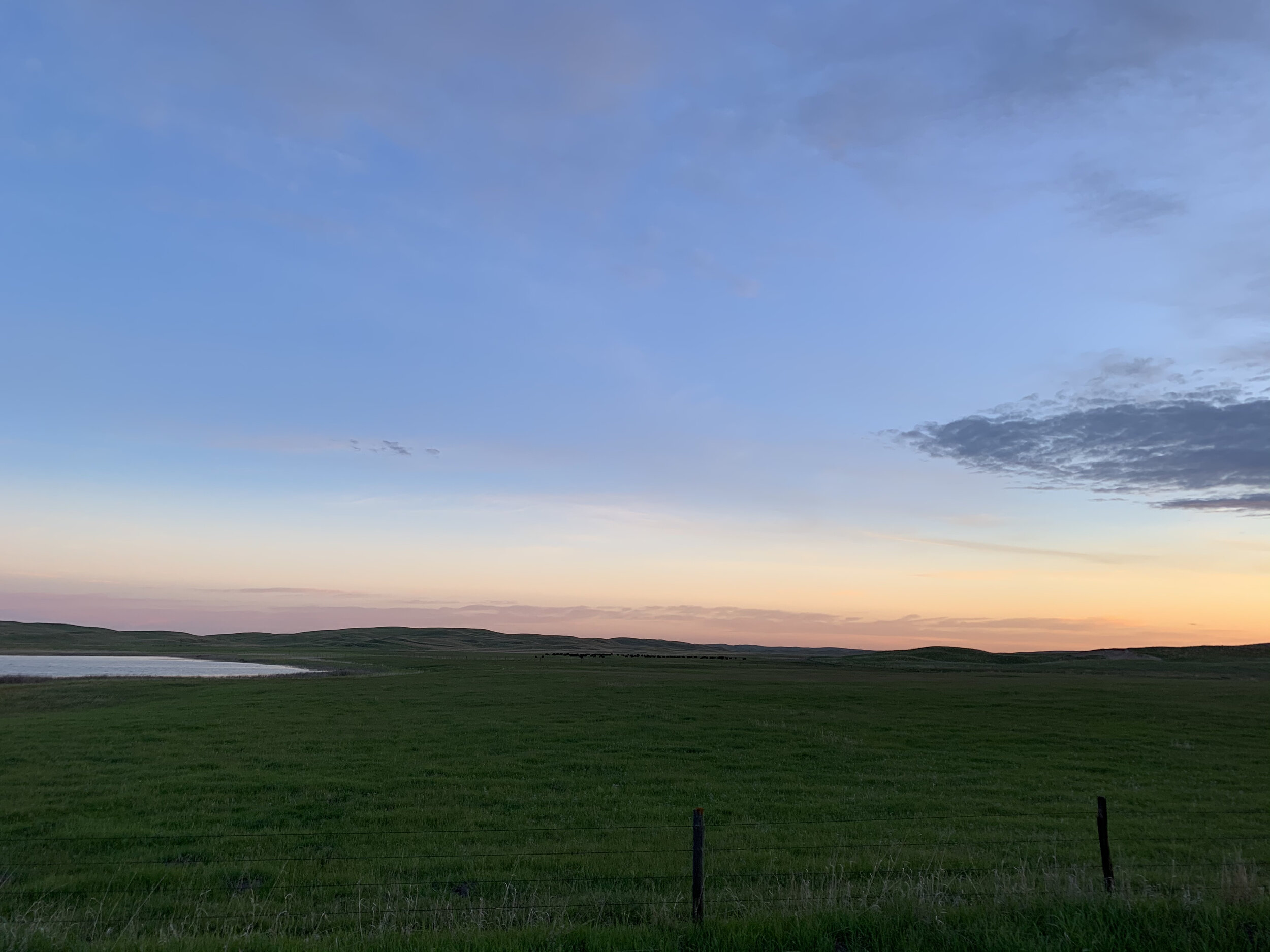The Rural Review
An online journal produced in conjunction with the Rural Reconciliation Project.
The Rural Review publishes digests of important academic contributions, program information, blog-style commentary, and periodic roundups of rural items from across academic disciplines and scholarly media.
Contributions from interested authors are welcome. Find our author guidelines here.
Zuniga: Economic Development for Native Nevada
In “Economic Development for Native Nevada: How Indian Gaming Can Further Tribal Self-Determination,” author Makai Zuniga (J.D. Candidate, Nevada, Las Vegas Law) examines the historical and ongoing economic barriers faced by Nevada’s Indigenous tribes and proposes strategies for rural tribes to enter the gaming market despite restrictive regulations.
Haksgaard & Drapeaux: Indian Country Lawyers
In Indian Country Lawyers: A South Dakota Survery, authors Hannah Haksgaard and Bryce Drapeaux (both South Dakota Law) address the access to justice crisis experienced by Native American communities in South Dakota. They present data on the lack of available, licensed Native American attorneys on and near reservations to develop an accurate understanding of the extent of the shortage.
Hisey et al.: Fears and Fences: Bison on the Canadian Prairies
In Fears and Fences: Social and Material Barriers to Plains Bison on the Canadian Prairies, authors Forrest Hisey, Melissa Heppner (both Geography, Geomatics, and Environment, University of Toronto, Mississauga), and Andrea Olive (Political Science, University of Toronto, Mississauga) conduct a qualitative study to determine the largest barriers to the “rewilding” of bison on the Canadian Great Plains with a particular focus on the colonial attitudes that conflict with Indigenous groups’ efforts to reintroduce bison.
Warner and Salazar: Shared Stewardship
In Shared Stewardship, Elizabeth Kronk Warner and Jesús A. Salazar (Both Law, University of Utah) challenge the trend of excluding tribes from participation of co-stewardship of national lands. The authors examine the existing standards and offer creative solutions to forging a path to tribal co-stewardship.
Borgias et al.: Unlikely Alliances in Rural-Urban Environmental Conflicts
In Unlikely Alliances in Action: Balancing Alignment and Autonomy in Rural-Urban Water Conflicts, Sophia Borgias (Public Service, Boise State University), Kate Berry (Geography, University of Nevada-Reno), and Dalten Fox (Arts and Sciences, University of South Alabama) emphasize the positive impact of “unlikely alliances” arising from efforts to tackle critical environmental issues. The authors employ a “place-based and historically embedded” approach to explore the internal dynamics of alliances among groups that have traditionally been in opposition.
How an Act Focusing on Native American Artifacts and Remains May Give Indigenous Communities More Bargaining Power
The Native American Graves Protection and Repatriation Act (NAGPRA) made headlines in early 2024 as many major American museums closed exhibits and entire wings in order to comply with new regulations governing the possession and display of Native American cultural artifacts and funerary objects. But the recent regulatory changes have the potential to affect more than museum displays—they may give reservation residents a stronger say in what the government does on their land.
Infographic No. 3: Food Insecurity in Indian Country
Third in our series of infographics produced in Emily Prifogle's Law in Rural America seminar is a closer look into food insecurity in Indian Country by third-year law student at Michigan Law, Taylor Hopkins
Comfort: Political Macroenvironments and Cultural Information Protection
This digest summarizes recent research by Comfort on governmental communication within tribal nations in the US, with a focus on environmental and natural resource issues.









